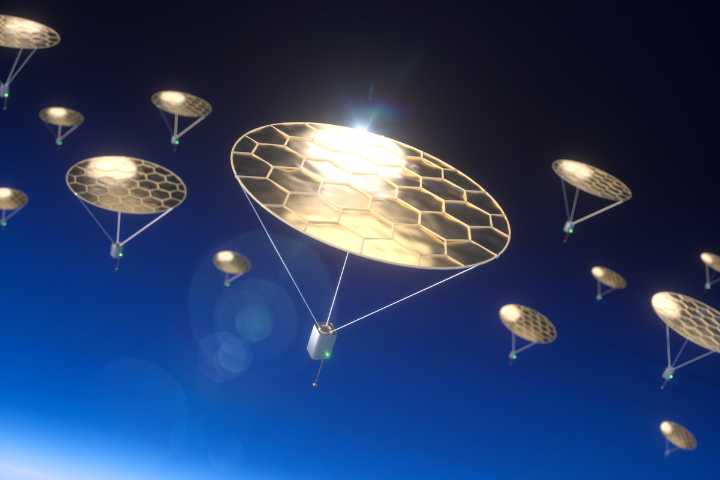Scientists want to send tiny, solar-powered spacecraft to examine difficult-to-reach parts of Earth ’s atmosphere – and eventually other planets too.
The small devices are able to float in the air and could carry sensing instruments to monitor our climate as well as explore Mars , the researchers behind them suggest.
Unlike conventional spacecraft, they do not need fuel to stay floating in the atmosphere. Instead, they use energy from light, through a process known as photophoresis that has been used to make objects levitate for 150 years.
Despite that long history, the practical use of photophoresis has been limited to truly tiny objects or very powerful artificial light, and practical devices have not worked out. Now, however, researchers believe that they have made a centimetre

 The Independent Technology
The Independent Technology

 Raw Story
Raw Story